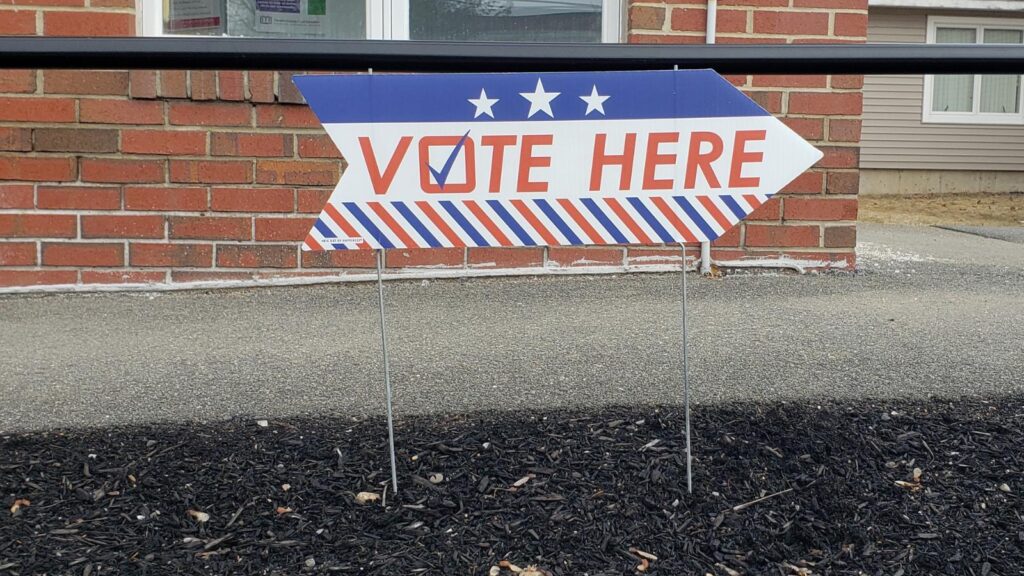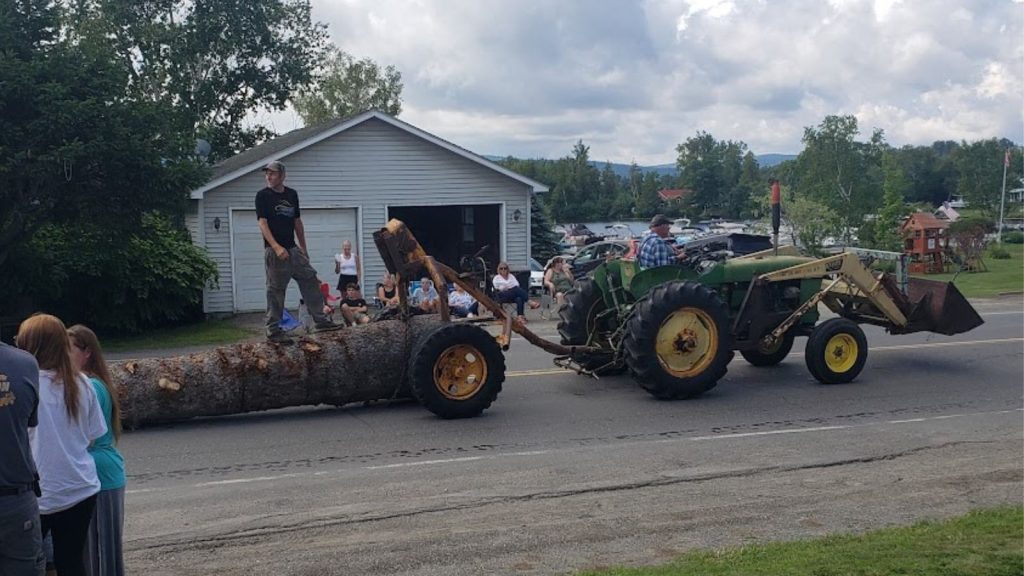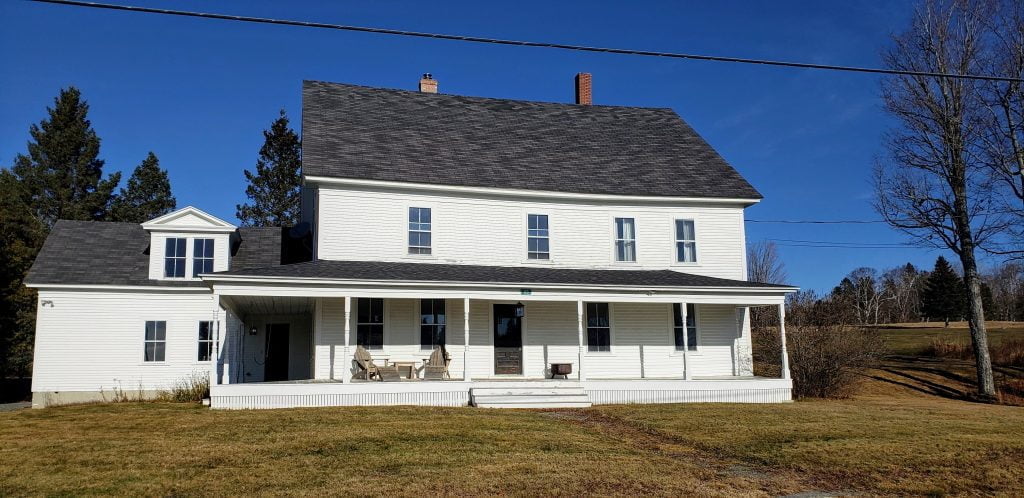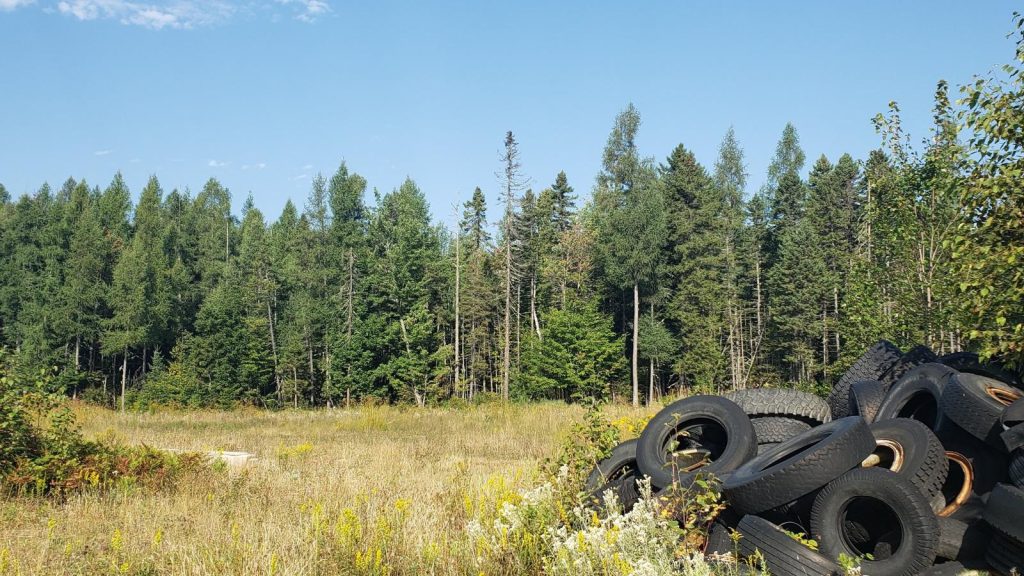Rural voter turnout surged in 2024, driven by a mix of factors that lit a fire under these communities. Economic concerns topped the list, with many feeling left out of policy decisions that hit their pocketbooks.
Candidates recognized this and tailored messages that resonated with rural values and challenges. Social media played a pivotal role in amplifying these voices, bypassing traditional media that often ignored them.
Grassroots organizations rolled up their sleeves, mobilizing residents through door-to-door campaigns and local events. This personal touch revived a sense of influence and urgency among rural voters, leading to higher participation at the polls.
Even in our small rural town in Maine, rural voter turnout was record-setting. Usually, the number of people for voter turnout was 600 people, and voter turnout in 2024 was 887 people that came to vote (or did an absentee ballot.)
Voting Trends
Posts on X (formerly Twitter) and other analyses highlighted that rural areas were seeing substantial early voting numbers. For instance, in swing states, rural early vote totals for 2024 were reported at 6.2 million, higher than urban areas’ totals showing a shift from the 2020 figures where urban areas had slightly more early votes.
Specific State Examples
In Virginia, reports that rural counties showed significant increases in early voter turnout compared to 2020. North Carolina also displayed a trend where rural voters surged to the polls, with Republicans leading in early voting numbers compared to Democrats, shifting from the 2020 scenario.
And even in Kentucky, Stephen Voss, associate professor of political science at the University of Kentucky, told the Lantern what initially struck him about the election results was what appeared to be a lack of engagement among voters in more urban areas in Kentucky compared to rural areas.
You can see our tiny win in Maine with a sliver of red for one electoral vote.
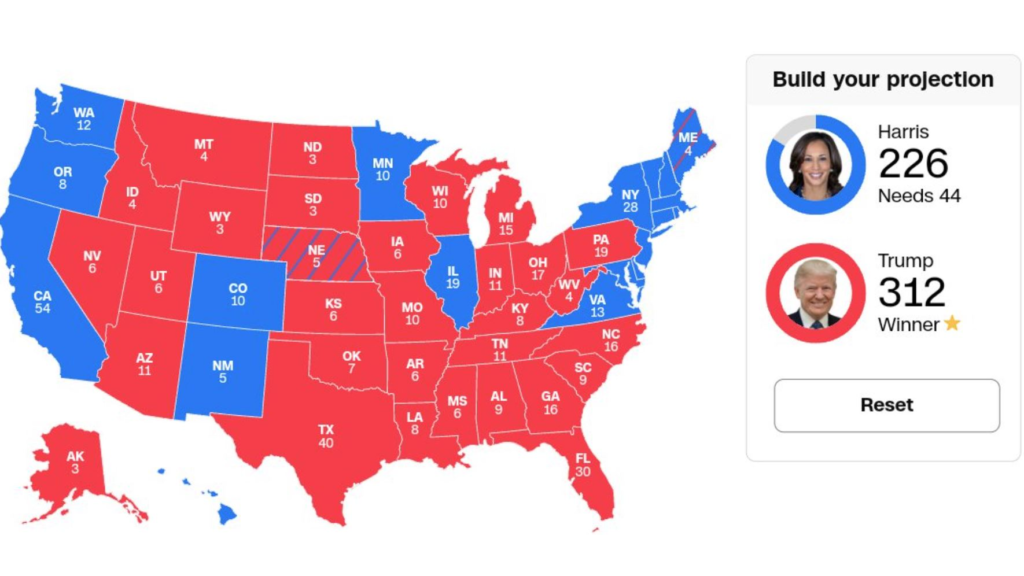
General Trends for Rural Voter Turnout
There was a noted increase in rural voter turnout, with some posts mentioning rural turnout percentages in the 30s, which is relatively high, especially compared to urban turnout in some cases.
Why Was Rual Voter Turnout Higher In Our Area ?
The cost of living hit everyone who has lived in a rural area during the last four years. Our property taxes went up 50% in the last three years alone.
Prices are often higher for gas and food as it takes longer to deliver food and other goods to a rural area. Property taxes went up throughout the state as illegals were filling schools and hotels in southern cities such as Portland.
Even the seniors in Maine, had their property taxes frozen taken away from them. The senior citizens in most rural areas across the country have been financially burdened over the last four years.
Younger people are finding it harder than ever to rent or purchase a home. I read the other day the average age of a new homeowner is 56.
The Amish Factor in Rural Voter Turnout
There has been a notable focus on Amish voter turnout in the 2024 election, particularly in Pennsylvania, where the Amish community resides in significant numbers. Here’s what can be gleaned from the information available:
Targeted Outreach: There were concerted efforts by political groups, particularly Republicans, to mobilize the Amish vote. This included advertising through billboards, door-to-door canvassing, and community meetings, suggesting an expectation of increased Amish participation.
Reported Numbers: Social media posts and some reports suggested an unprecedented turnout, with claims of over 180,000 new Amish voters in Lancaster County, though these figures were contested as being implausible given the total Amish population statistics. However, these claims reflect a perception or aspiration of significant Amish voter engagement.
Actual Turnout: While exact numbers from official sources weren’t provided, there was an acknowledgment that Amish voter participation did increase from previous years. In Lancaster County, for instance, there was an increase in Amish voter registration and turnout from 2016 to 2020, with projections for 2024 suggesting a continuation of this trend, albeit not to the exaggerated figures circulated online.
The perceived increase in Amish voting had in rural voter turnout could be attributed to several factors:
Local Issues: The raid on Amos Miller’s organic farm was cited as a catalyst for some Amish to vote, particularly in support of candidates promoting less regulation.
Cultural Engagement: There’s been a shift in the Amish community, with more involvement in small businesses, potentially making political issues more relevant.
Impact: While the Amish vote alone wouldn’t be enough to sway a state like Pennsylvania, in a close election, every vote counts, and their participation could indeed play a role in the overall outcome.
Infrastructure Hurts Voter Turnout in Rural Areas
Lousy infrastructure in rural areas kills voter turnout. Picture poor road conditions or scarce public transit; people can’t easily get to polling places.
Bad or non-existent internet makes mail-in voting or online info out of reach. Rural residents might drive for miles to find a voting center, dealing with long waits when they get there.
For many, it’s just not doable as access to infrastructure hurts voters. When voting feels like an uphill battle, turnout drops. If roads and internet don’t improve, these communities fall further behind in shaping their future.
Conclusion: The Rise of Rural Voter Turnout
In conclusion, the surge in rural voter turnout marks a significant shift in the political landscape. Recognizing the impact of these voices is crucial for shaping future campaigns. Now is the time for political leaders to prioritize rural concerns in their agendas.
What changes would you like to see for rural communities in upcoming elections?
